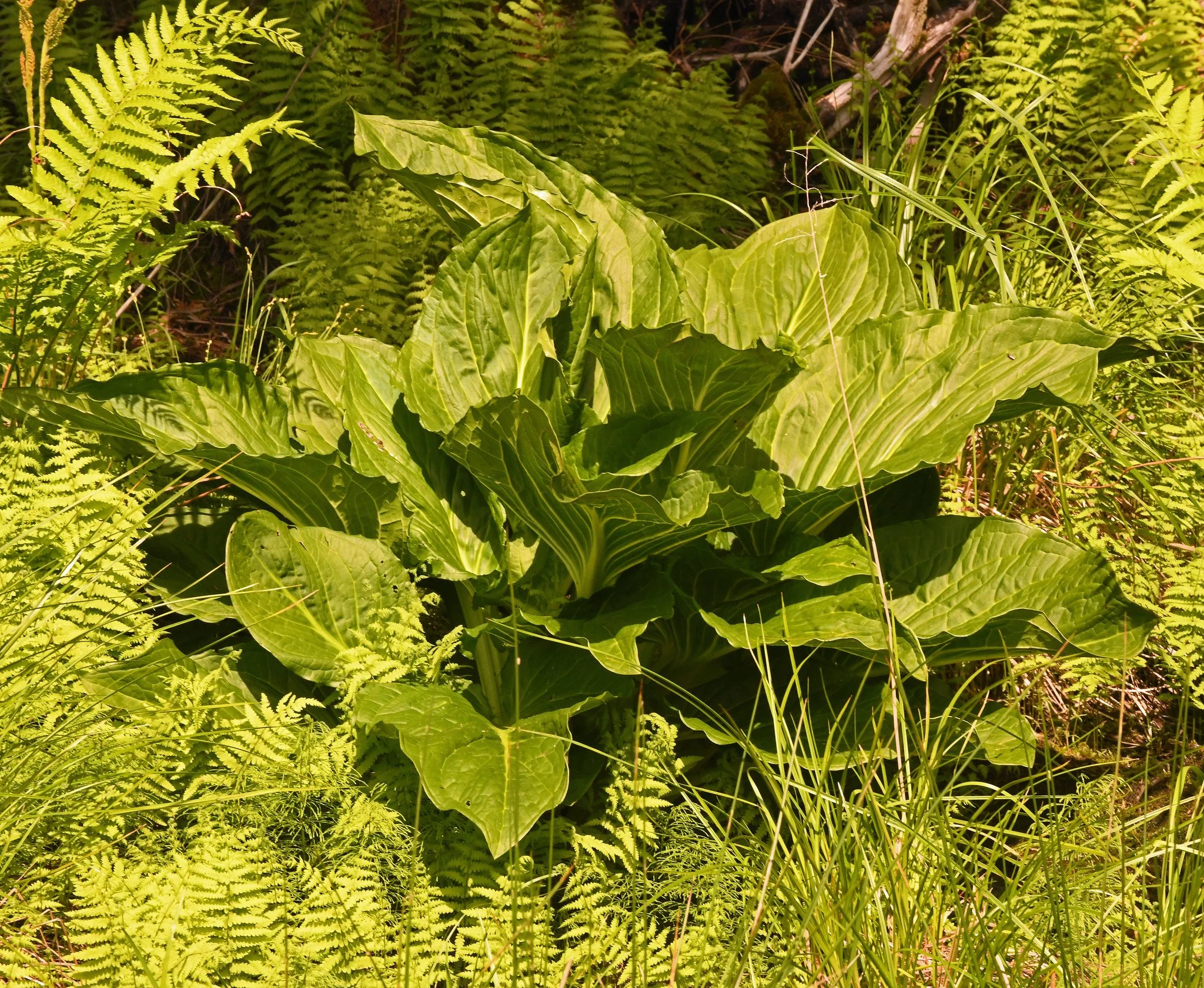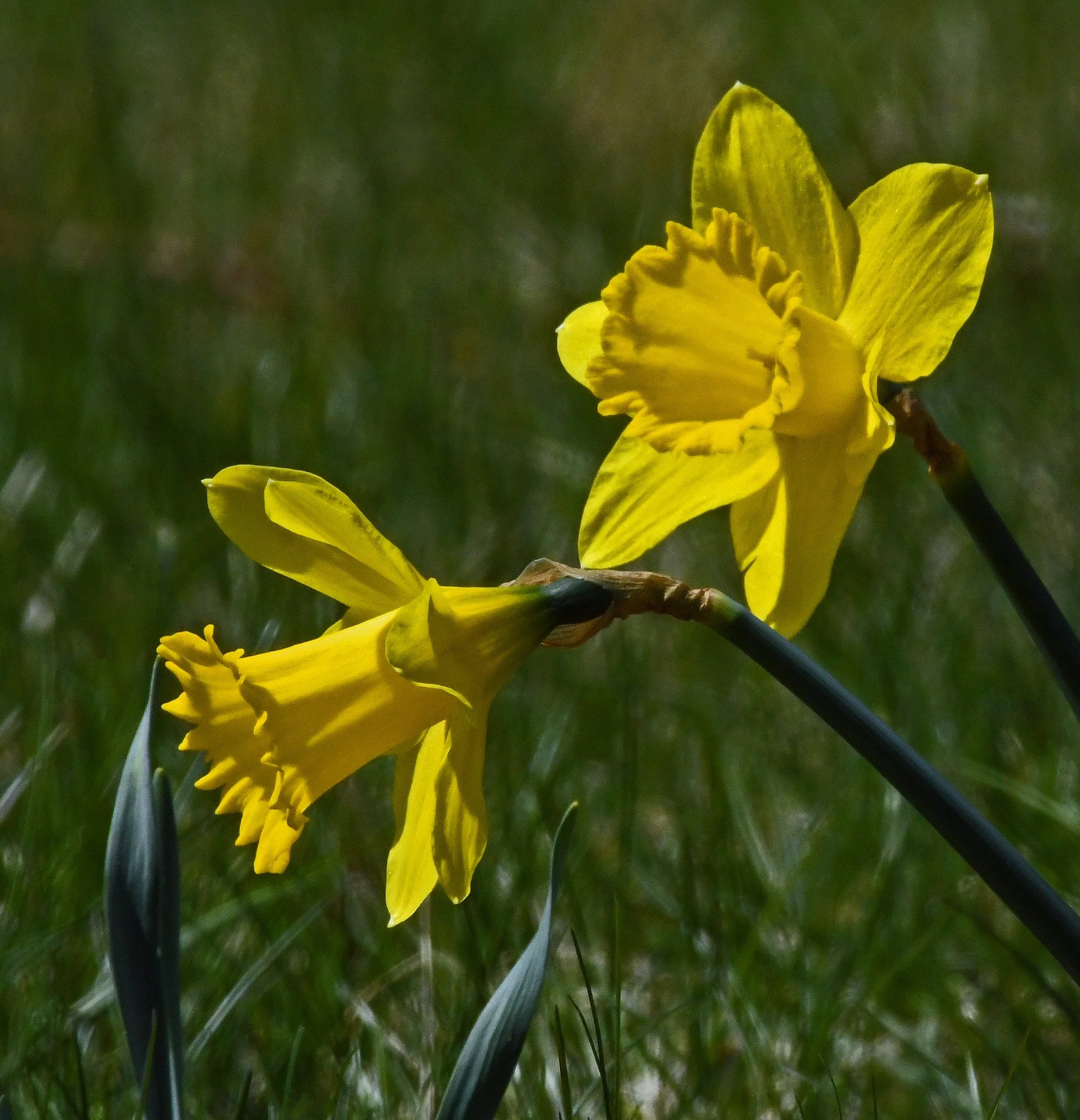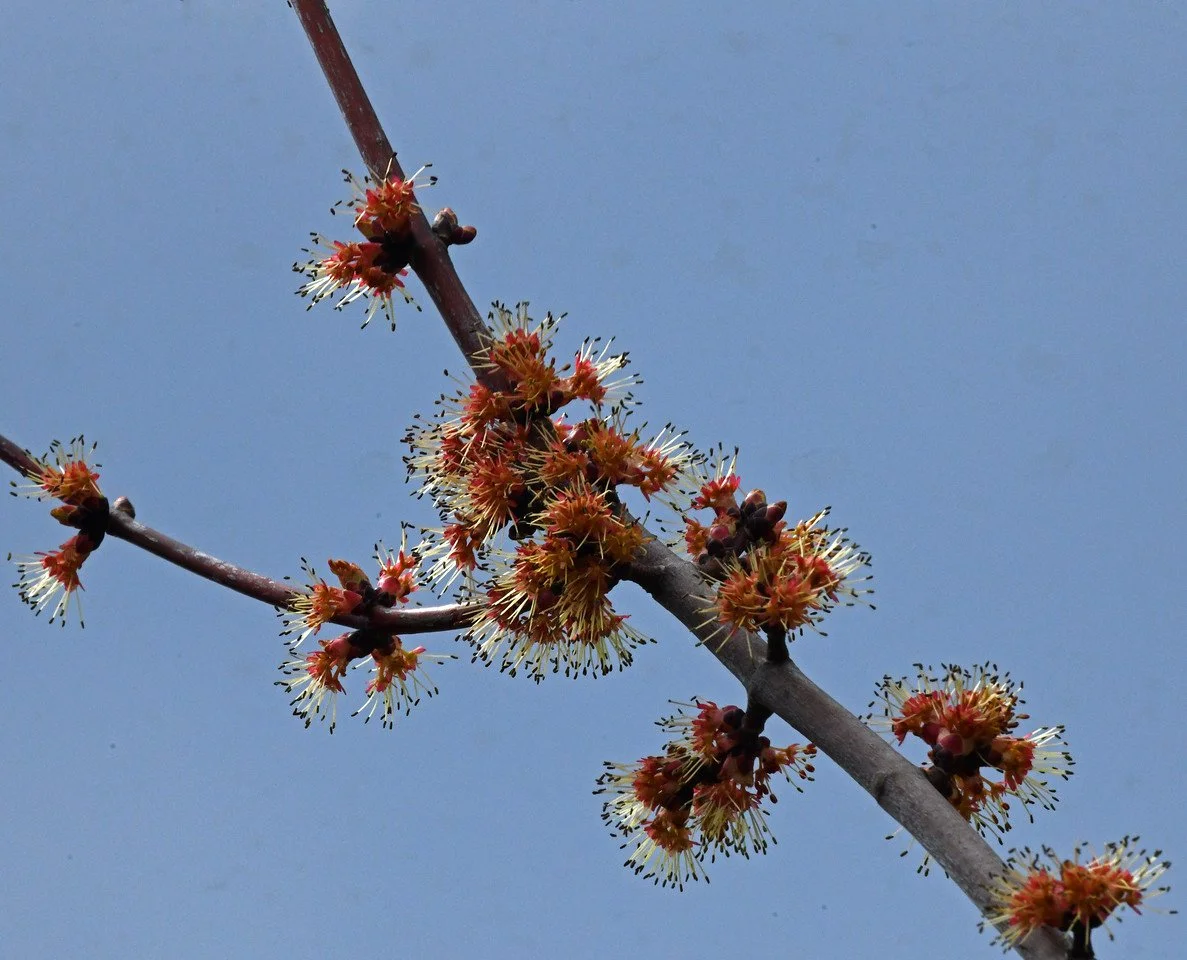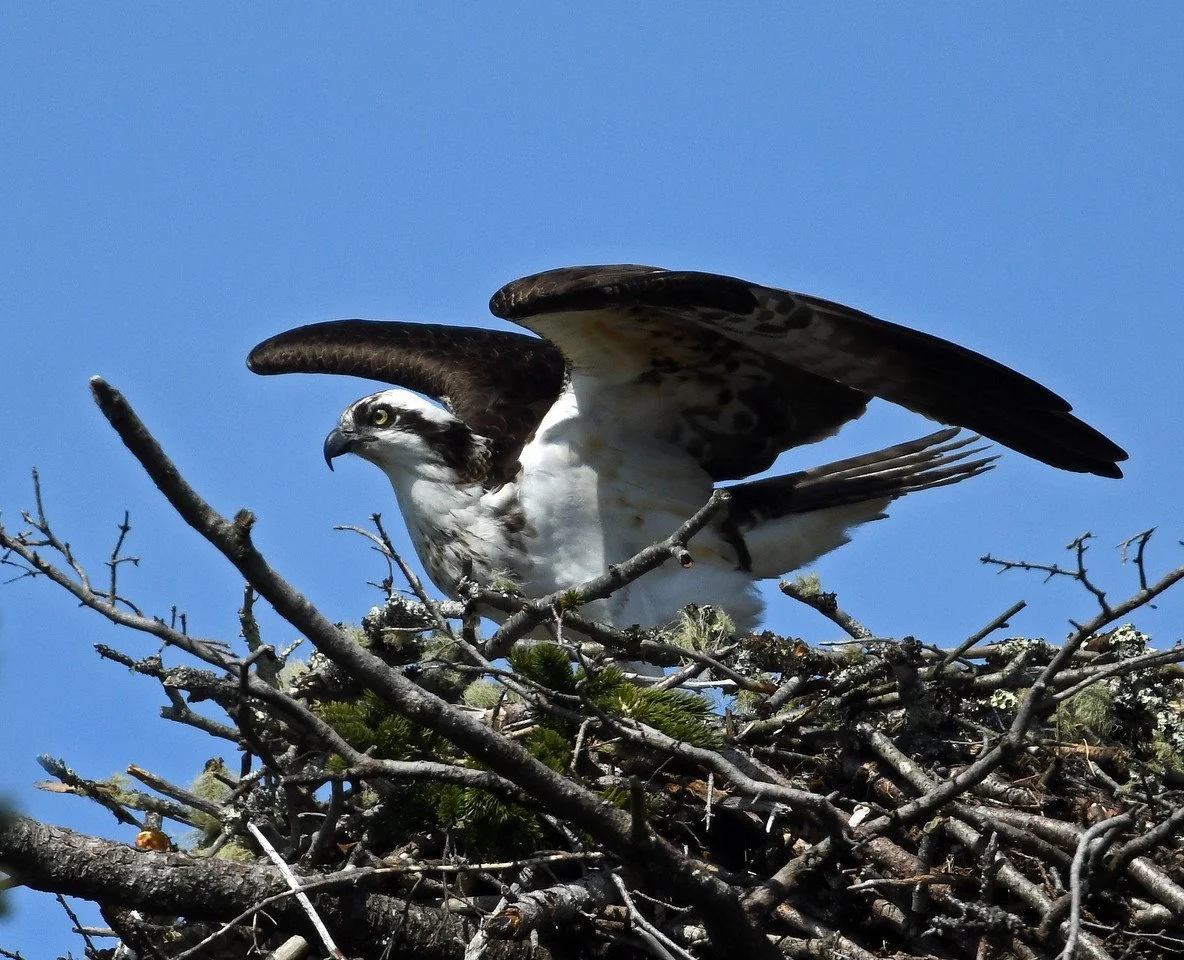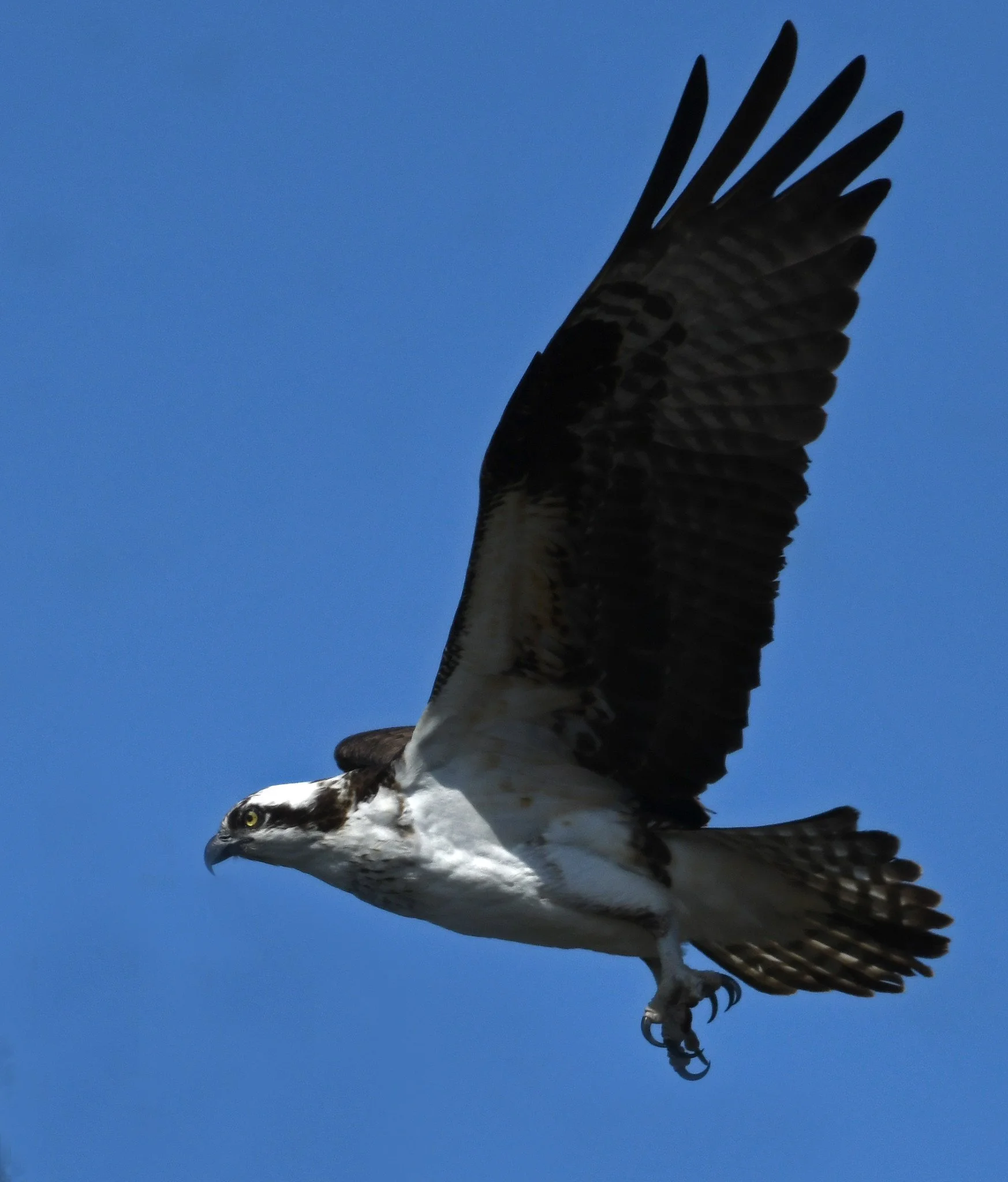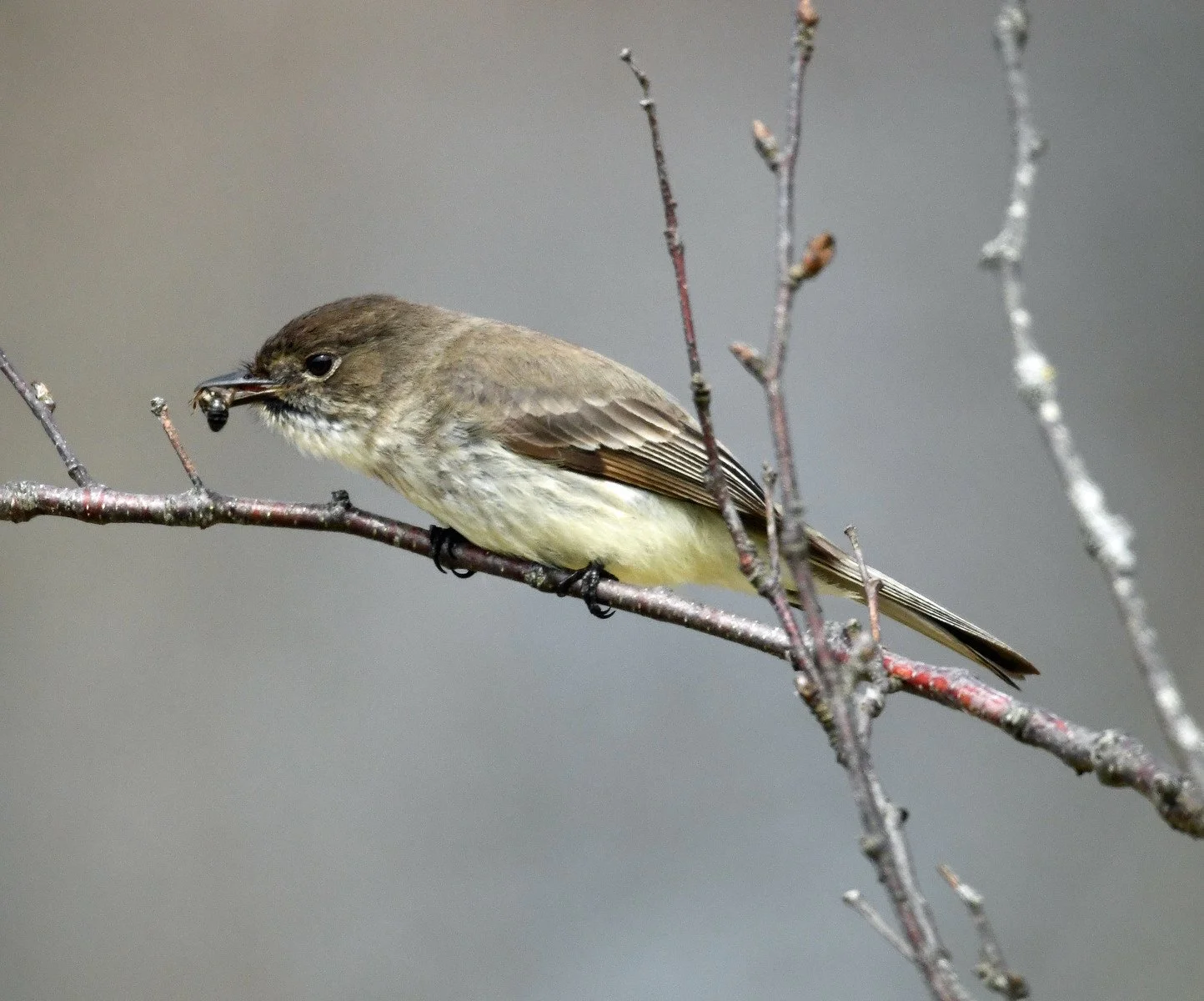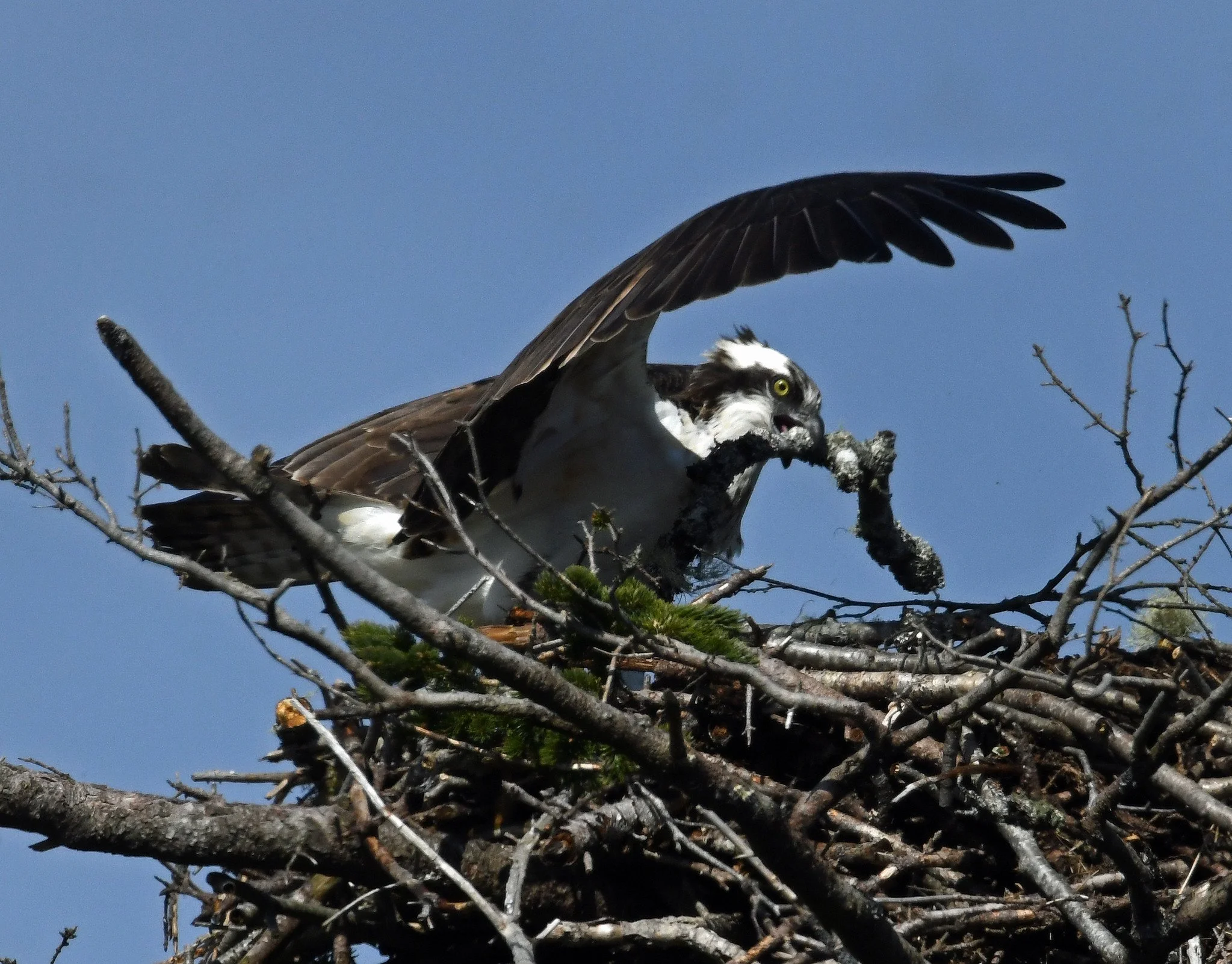This white-tailed deer yearling heard me before she saw me yesterday. Recent research reportedly indicates that the hearing of white-tails is even better than we thought and may be the animals’ most important sense.
These deer hear everything humans can hear, plus low and very low frequencies that we can’t hear, such as distant foot falls on the forest floor.
White-tails triangulate the location of a sound by using their three primary senses. Their ears are many times larger than ours and virtually all other animals in their habitat. Their “pinnae” (external ear parts) can rotate separately like radar dishes to locate sound and extra fur in the ear opening may help funnel that sound into their ear canals.
Their eyesight reportedly is worse than ours, except at night. With eyes on opposite sides of their head, deer can’t focus well on a spot with both eyes – they’re looking out of the side of their eyes when their nose is pointed at you. They also see at a lower resolution than we do during the day and are thought to be colorblind.
White-tails do have a much better sense of smell than we do. But, the scent has to reach them. The wind can prevent a scent from reaching their big, wet nose, which traps odor particles. (Image taken In Brooklin, Maine, on May 3, 2022.)



